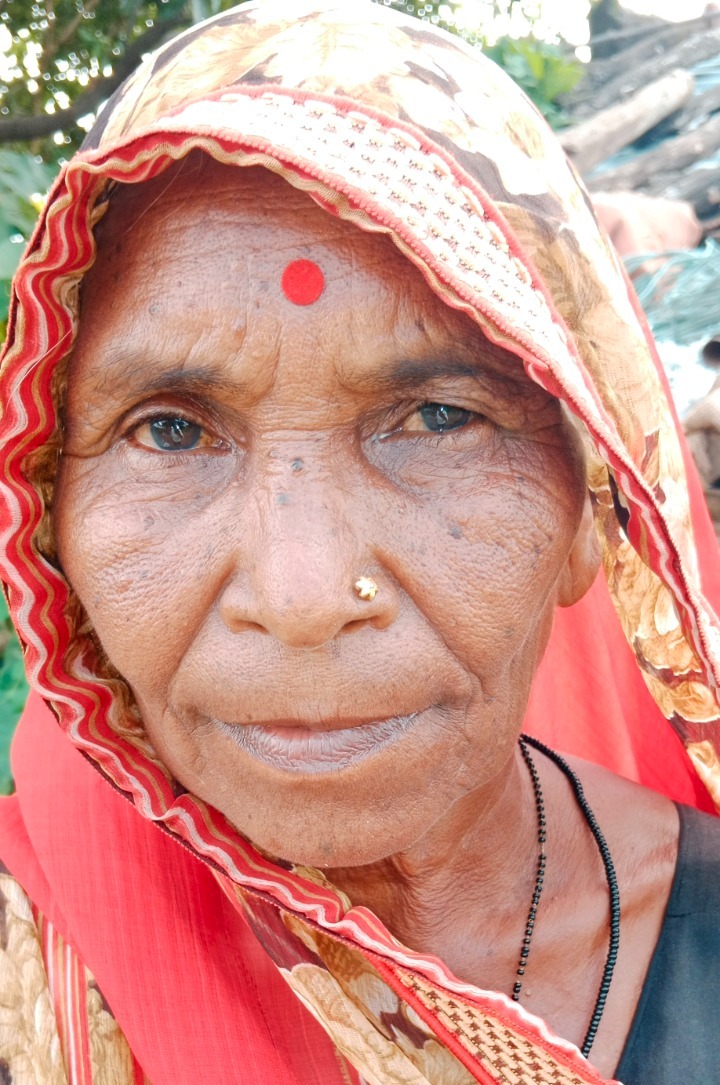 In the rural village of Somgaon, nestled within Madhya Pradesh's Harda district, 70-year-old Mangi Bai works as a vegetable vendor. Her husband, an agricultural labourer, grappled with fading eyesight, making it difficult for him to continue working as before. Over time, even Mangi Bai faced worsening eyesight, and she found it hard to complete daily tasks. Diagnosed with cataracts in both eyes, she found help at CBM India's Inclusive Vision Centre. The surgery, provided free of charge, restored her vision, enabling her to resume her work and contribute to her family and community. Mangi Bai's story echoes the profound impact of accessible healthcare for marginalized communities.
In the rural village of Somgaon, nestled within Madhya Pradesh's Harda district, 70-year-old Mangi Bai works as a vegetable vendor. Her husband, an agricultural labourer, grappled with fading eyesight, making it difficult for him to continue working as before. Over time, even Mangi Bai faced worsening eyesight, and she found it hard to complete daily tasks. Diagnosed with cataracts in both eyes, she found help at CBM India's Inclusive Vision Centre. The surgery, provided free of charge, restored her vision, enabling her to resume her work and contribute to her family and community. Mangi Bai's story echoes the profound impact of accessible healthcare for marginalized communities.
CBM India, a non-profit organization, operates 183 Inclusive Vision Centres across 13 states. These centres serve provide quality eye care services, fostering holistic well-being, and promoting community development. CBM India's broader mission extends across 25 states, championing inclusive development for people with disabilities. To enhance its efforts and reach, the company collaborates with various partners to provide essential support and healthcare to the most marginalized communities.
Mangi Bai's life, transformed by CBM India's dedication, represents countless others who have found hope and brighter futures through the organization's tireless efforts. TheCSRUniverse presents an engaging interview with Mr. Sony Thomas, Executive Director of CBM India Trust. In this insightful conversation, Mr. Thomas delves deeper into the heart of this success story, unraveling the genesis, objectives, challenges, and invaluable lessons learned from the organization's impactful Inclusive Vision Centres initiative.
Scroll down to read the full interview and discover a path towards a brighter future for millions.
Q&A
Q. Can you provide a brief background on the genesis of the Inclusive Vision Centres initiative by CBM India and the selection process for the communities involved?
A. CBM India started its journey in 1967 with an initiative dedicated to supporting the education of children with visual impairment. Over the years, our programmes grew to include people with other disabilities as well. Much of CBM’s work is focused on inclusive eye health and on working in remote rural areas to embed eye health services into the existing health systems. We have a very strong network in India with hospital partners that share our vision and values. The CBM India team has the expertise and agility to cooperate with diverse partners across geographies.
The genesis of Inclusive Vision Centres goes back to 2017 when CBM initiated 2 partnerships in Uttar Pradesh and Madhya Pradesh with 4 Vision Centres each. The experiences through this project implementation helped CBM India to develop the project design of the current Inclusive Vision Centre model. This was done in coordination with Dr Shroff Charity Eye Hospital in Uttar Pradesh and Sewasadan Eye Hospital in Madhya Pradesh. Inclusive Vision Centres became a viable alternative model for providing eye care services during the COVID-19 pandemic due to their accessibility, use of telemedicine and referral systems, community engagement, and adaptable service delivery in providing primary eye care services. Their role was instrumental in ensuring that essential eye care services continued to reach those in need, despite the challenges posed by the pandemic.
These Centres were conceived with the primary goal of making eye health services inclusive and accessible to all, actively supporting the government’s ongoing efforts to remove barriers to accessing eye care, and reaching those who need these services the most.
Inclusive Vision Centres aim to ensure equal access to primary eye care services to all individuals regardless of their socio-economic background, ethnicity, or abilities, and especially to vulnerable groups like women, women with disabilities, children, children with disabilities, elderly people, Indigenous communities, and marginalised groups. By prioritising these efforts, the Centres contribute significantly to the reduction of visual impairment prevalence and avoidable blindness.
Moreover, Inclusive Vision Centres foster a sense of community and belonging. They become a place where people from different communities come together to break down all the barriers, which, in turn, helps promote eye care habits and practices among people.
Additionally, Inclusive Vision Centres play a critical role in creating awareness among people and building the capacity of community health workers and volunteers to promote eye health care. They serve as a platform for sensitising the community about the importance of eye health, preventive measures, and available treatments. By spreading awareness, these Centres help people to take proactive steps towards maintaining their eye health and seeking timely care.
To establish and operate an Inclusive Vision Centre, CBM India follows a methodical and inclusive approach, placing a strong emphasis on understanding and meeting the specific needs on the ground. The entire process is collaborative, with active involvement from the community at every step, ensuring the services provided are tailored to the local demography and context. This inclusivity extends to ensuring accessibility for all, especially persons with disabilities and elderly people.
To make sure the initiative is sustainable, the Inclusive Vision Centres are strategically connected to the local Primary Health Centre or the local hospital, establishing a sustainable and comprehensive network for delivering essential eye care services to the community.
Q. What are the primary goals and objectives of CBM India's Inclusive Vision Centres initiative?
A. The objectives of CBM India’s Inclusive Vision Centres align with WHO’s estimates which indicate that 80% of visual impairment can be prevented or cured with appropriate treatment. Their primary goals are the following.
• Reducing avoidable blindness in the country
• Promote inclusive eye health and encourage proactive measures for maintaining good eye health
• Deliver accessible and affordable primary eye care services at the community level
• Raise adequate awareness on the prevention of common eye diseases through health education
• Promote disability-inclusive services
• Sharing of good practices among partner institutions so that smaller institutions learn from larger ones
Q. How did Mangi Bai's journey serve as a catalyst for the inclusive healthcare initiatives in her village, and what specific challenges did CBM India encounter while addressing the healthcare needs of marginalized communities like hers?
A. In the routine of her village life, Mangi Bai managed a vegetable cart. Her dedicated work provided a living and played a crucial role in supporting her family.
One day, Mangi Bai noticed her vision deteriorating. Blurriness, tears, and other symptoms pointed to cataracts. Carrying out her daily activities, such as walking, counting money, and cooking meals became increasingly difficult.
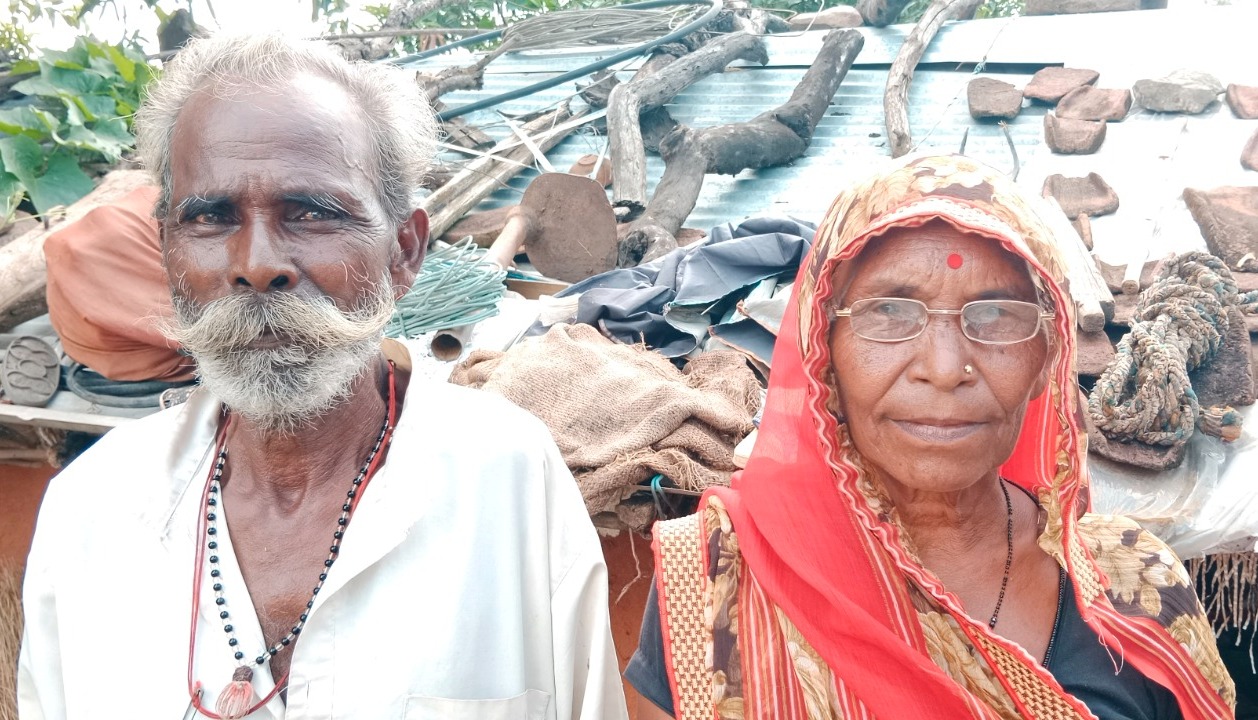 The turning point arrived when Mangi Bai sought a solution. Affordability emerged as a significant obstacle, a common challenge in communities like hers, where taking time off work could result in financial loss. Moreover, she faced additional responsibilities, particularly during the harvesting season, as she supported her husband, an agricultural labourer, who also lives with visual impairment.
The turning point arrived when Mangi Bai sought a solution. Affordability emerged as a significant obstacle, a common challenge in communities like hers, where taking time off work could result in financial loss. Moreover, she faced additional responsibilities, particularly during the harvesting season, as she supported her husband, an agricultural labourer, who also lives with visual impairment.
CBM India’s Inclusive Vision Centre became an important resource in addressing these barriers. With their support, Mangi Bai received the cataract surgery she needed. After the surgery, a remarkable transformation took place. With her vision restored, she resumed her work, actively contributing once again to her family and community.
CBM India faces various roadblocks when addressing the healthcare needs of marginalised communities like Mangi Bai's. Affordability emerges as a significant hurdle, with many families finding it difficult to allocate resources for necessary medical interventions. Traditional healing practices continue to hold sway, adding to the complexities of introducing more modern healthcare approaches. Additionally, the economic context, especially in farming communities, means that taking time off during crucial seasons, such as harvesting, is often not financially feasible.
It is crucial to highlight that the government, both at the national and state levels, has already initiated numerous progressive programmes to address these concerns. In this landscape, CBM India and its Inclusive Vision Centres work as a bridge, working in collaboration and conjunction with the government and the community to promote inclusivity and accessibility and to create an environment where diverse healthcare needs can be met effectively.
Q. What key learnings did the organization derive from her transformative experience with the Inclusive Vision Centre program?
A. Reflecting on CBM India’s Inclusive Vision Centres’ journey, three key learnings have emerged.
Forging sustainable partnerships - A critical lesson learnt involves the imperative to ensure the Inclusive Vision Centres' long-term sustainability through strategic partnerships. This entails working together with Primary Health Centres (PHC) and local government hospital networks.
Including the local community - CBM India understands that including women and young people from the local community as staff of the Inclusive Vision Centres not only makes the programme work better but also nurtures a strong sense of ownership. This way, it's not just about providing a service to the community, but also about making everyone feel truly a part of the Inclusive Vision Centre’s success.
Integrating environmental sustainability - Acknowledging the importance of cost reduction, CBM India is trying to integrate environmental sustainability principles into the Inclusive Vision Centre model. For instance, incorporating solar power as an energy source for the centres not only contributes to reducing costs but also aligns with broader environmental sustainability goals.
Q. How has CBM India's holistic approach to inclusive development, beyond the provision of eye care services, contributed to the overall well-being and empowerment of individuals like Mangi Bai within their communities?
A. CBM India's holistic approach to inclusive development goes beyond the conventional model of addressing disability merely as a medical condition. Persons with disabilities should be viewed through a lens of respect for difference, recognising disability as a part of human diversity. CBM India’s approach focuses on dismantling barriers, both cultural and environmental, to facilitate the participation of persons with disabilities in health, education, and livelihood opportunities. This vision extends beyond a charity approach; CBM India strives for an inclusive society where every person with a disability can unlock their full potential and actively contribute to their community. This philosophy positions individuals with disabilities as equal stakeholders. Through a collaborative approach woven into all their initiatives, CBM India ensures the meaningful inclusion of people with disabilities, enabling them to play an active role.
CBM India’s Inclusive Vision Centres have the potential to contribute to the overall well-being and empowerment of marginalised communities through a holistic approach that goes beyond the provision of eye care services. By addressing a range of needs and engaging with communities in a comprehensive manner, Vision Centres have a positive impact on various aspects of community development. CBM India’s Vision Centre’s holistic approach contributes to the well-being and empowerment of individuals like Mangi Bai within their communities: They can contribute to the overall well-being and empowerment of marginalised communities by addressing health, education, economic empowerment, community engagement, women's empowerment, advocacy and support services, and education and skill development. By taking a comprehensive approach to community development, Inclusive Vision Centres have a transformative impact on the lives of individuals and families from marginalized communities.
Q. Could you shed light on any specific training or capacity-building programs initiated by CBM India to equip local community members with the necessary skills and knowledge to support and sustain the Inclusive Vision Centres, fostering a sense of ownership and community engagement?
A. CBM India, through their Inclusive Vision Centre programme, often implements training and capacity-building initiatives aimed at equipping local community members with the skills and knowledge necessary to support and sustain the Vision Centres. These programmes are designed to foster a sense of ownership and community engagement, empowering local individuals to take an active role in the operation and management of the Centres. CBM India commonly initiates several specific training and capacity-building initiatives. These include training on disability & inclusion, training on uptake of services, training of frontline workers on identification and referral of eye issues, training on accessibility and minimum standards, training on safeguarding, etc. By implementing these training and capacity-building programmes, CBM India enables local community members to actively participate in the delivery of eye care services, contribute to the sustainability of the centres, and become advocates for eye health within their communities.
Q. How does CBM India's collaborative approach effectively address specific eye care needs in rural areas through Vision Centres and community mobilizers?
A. In India, there is a substantial demand for Vision Centres, with around 2,000 currently in operation. CBM India is actively operating 183 of them through collaborations with various corporates and donors as part of their CSR strategies. The critical need is particularly pronounced in rural areas, where CBM India collaborates closely with government Primary Health Centres and private eye care hospitals to run these centres. The Vision Centres at the grassroots level, along with community mobilizers, conduct screenings and generate referrals for secondary and tertiary facilities. This ensures that patients receive customised support based on their specific requirements.



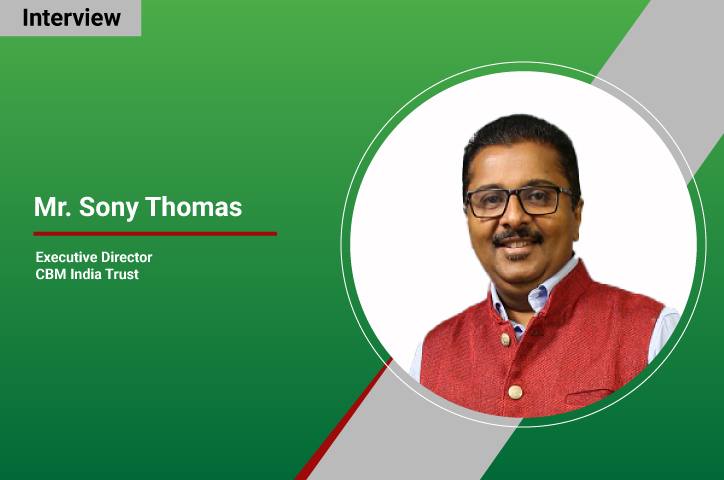
 In the rural village of Somgaon, nestled within Madhya Pradesh's Harda district, 70-year-old Mangi Bai works as a vegetable vendor. Her husband, an agricultural labourer, grappled with fading eyesight, making it difficult for him to continue working as before. Over time, even Mangi Bai faced worsening eyesight, and she found it hard to complete daily tasks. Diagnosed with cataracts in both eyes, she found help at CBM India's Inclusive Vision Centre. The surgery, provided free of charge, restored her vision, enabling her to resume her work and contribute to her family and community. Mangi Bai's story echoes the profound impact of accessible healthcare for marginalized communities.
In the rural village of Somgaon, nestled within Madhya Pradesh's Harda district, 70-year-old Mangi Bai works as a vegetable vendor. Her husband, an agricultural labourer, grappled with fading eyesight, making it difficult for him to continue working as before. Over time, even Mangi Bai faced worsening eyesight, and she found it hard to complete daily tasks. Diagnosed with cataracts in both eyes, she found help at CBM India's Inclusive Vision Centre. The surgery, provided free of charge, restored her vision, enabling her to resume her work and contribute to her family and community. Mangi Bai's story echoes the profound impact of accessible healthcare for marginalized communities. The turning point arrived when Mangi Bai sought a solution. Affordability emerged as a significant obstacle, a common challenge in communities like hers, where taking time off work could result in financial loss. Moreover, she faced additional responsibilities, particularly during the harvesting season, as she supported her husband, an agricultural labourer, who also lives with visual impairment.
The turning point arrived when Mangi Bai sought a solution. Affordability emerged as a significant obstacle, a common challenge in communities like hers, where taking time off work could result in financial loss. Moreover, she faced additional responsibilities, particularly during the harvesting season, as she supported her husband, an agricultural labourer, who also lives with visual impairment.
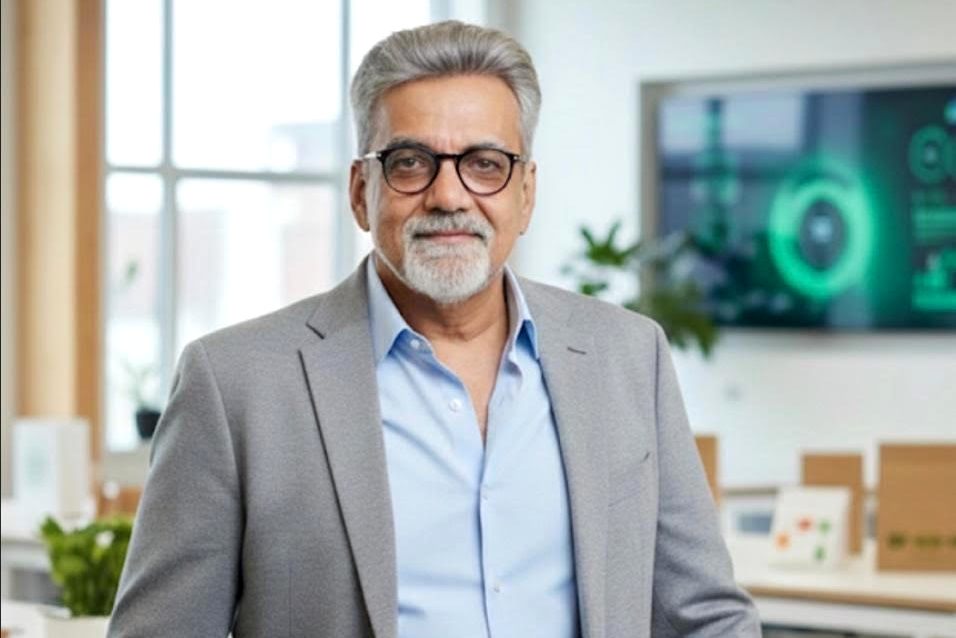


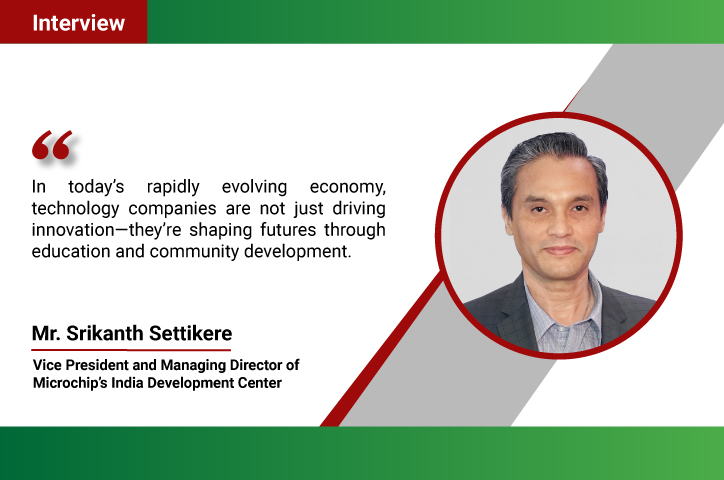
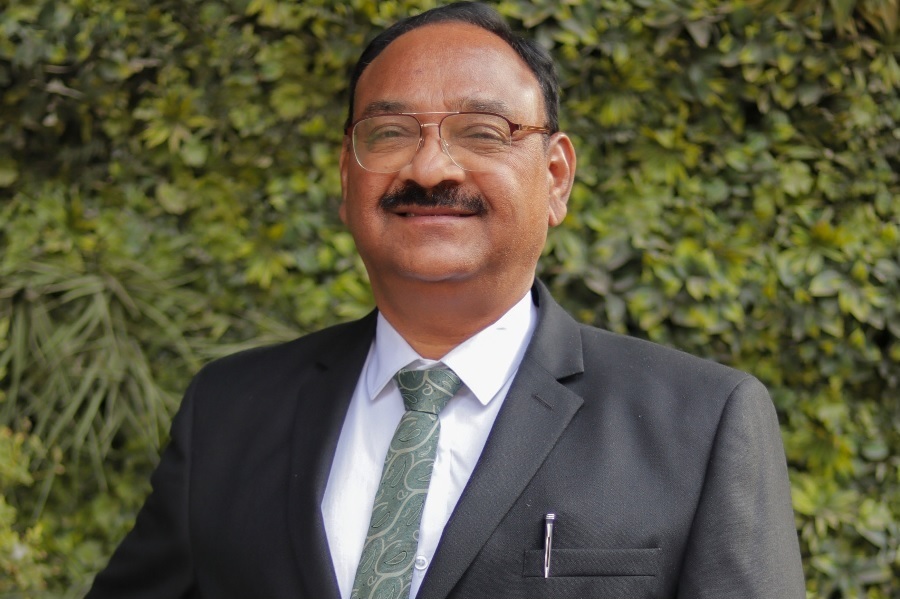
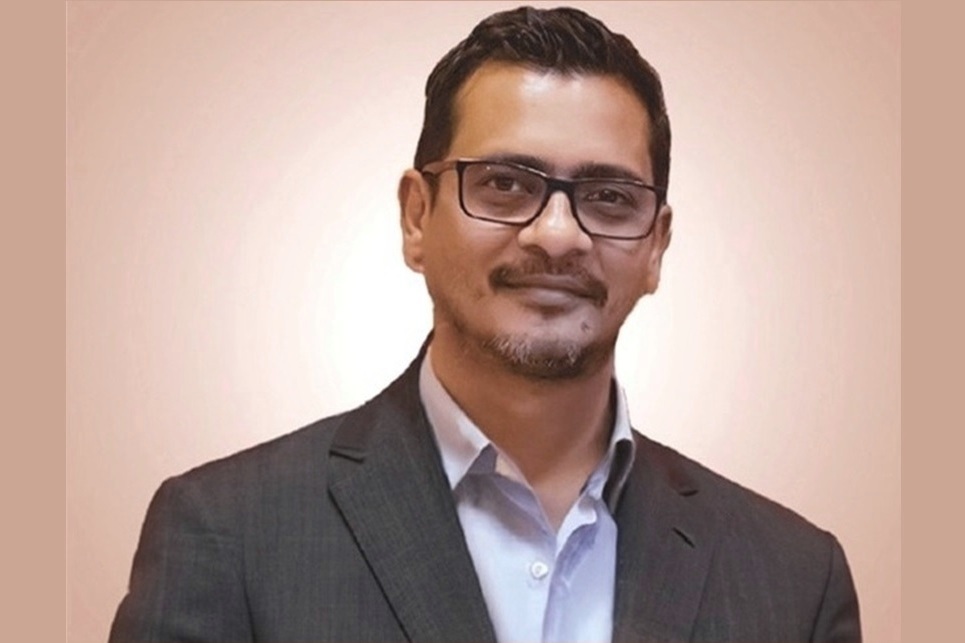

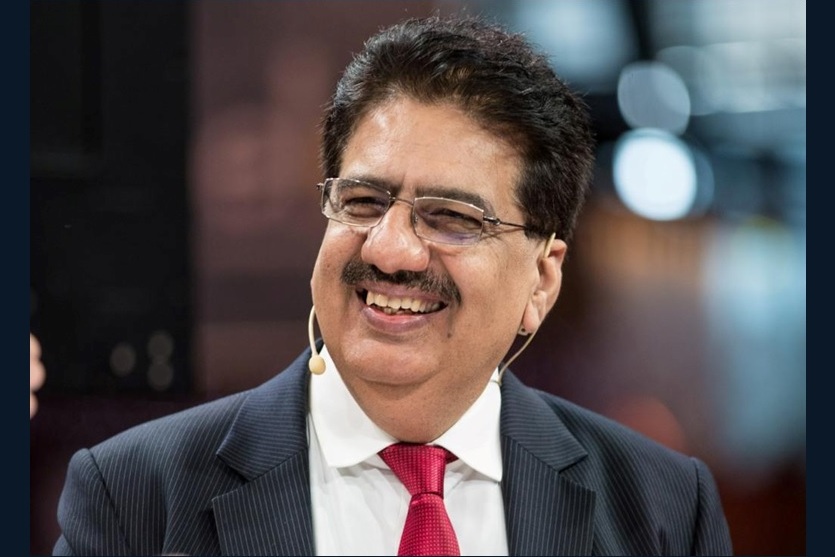


.jpg)




